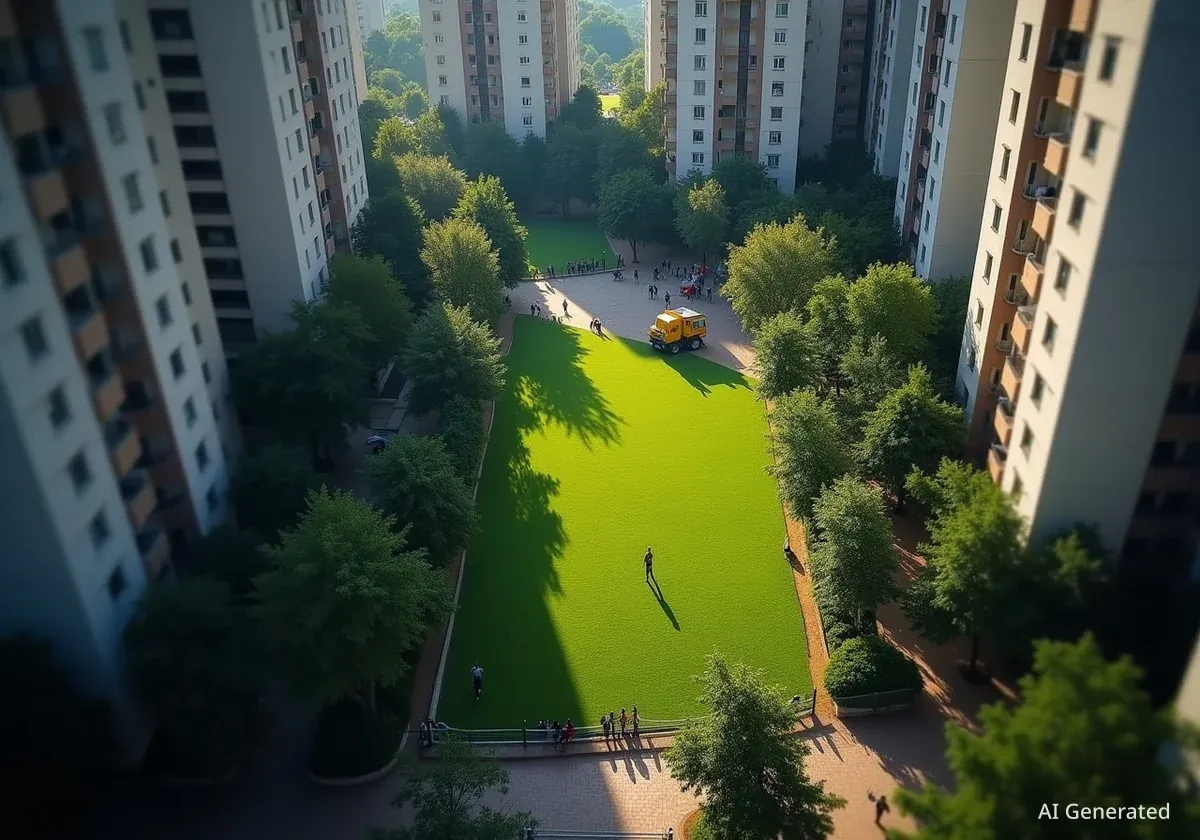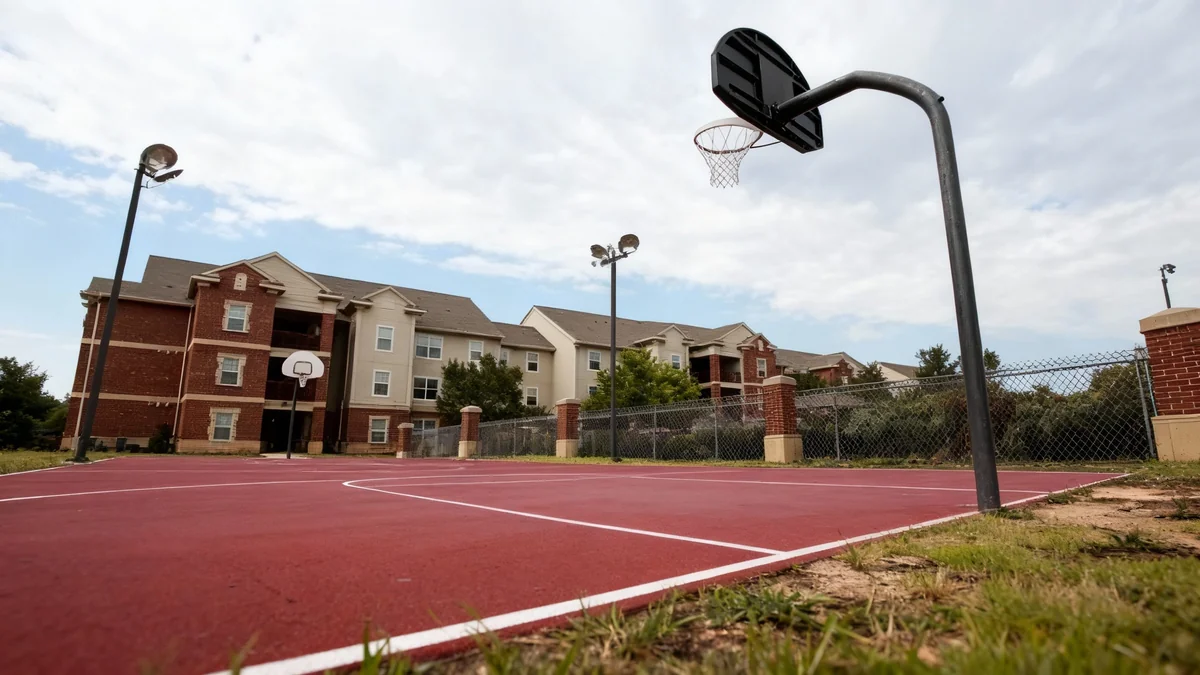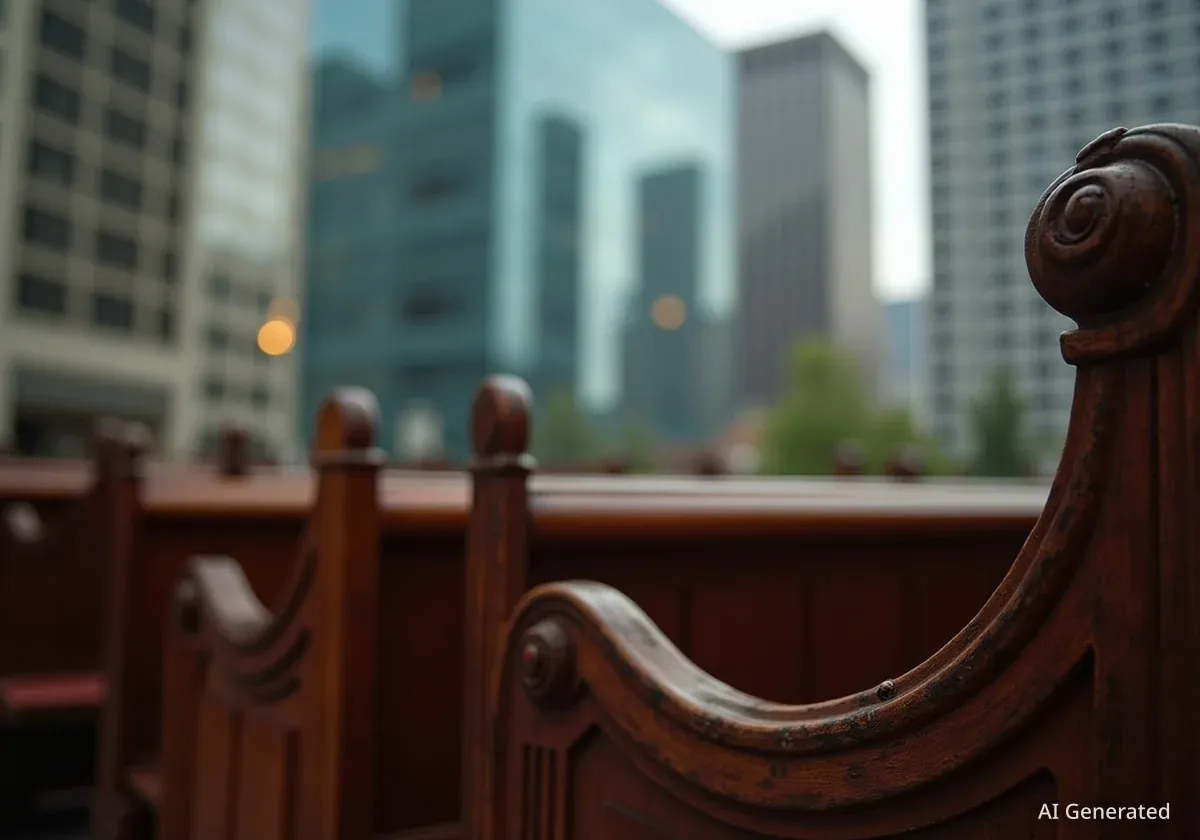New York City, home to 8.5 million people, is currently facing its most severe housing shortage in nearly 60 years. This critical lack of housing is creating a direct conflict with the preservation of the city's limited parks, community gardens, and other open areas, forcing a difficult public debate about the future of urban land use.
As the city grapples with the need to build more homes on a finite amount of land, every undeveloped lot and green space is becoming a focal point in a complex discussion between developers, residents, and city planners. The decisions made today will fundamentally shape the livability and character of New York for generations.
Key Takeaways
- New York City is experiencing its worst housing shortage in over 50 years, increasing pressure to find land for new construction.
- With a population of 8.5 million on a series of islands, physical space for development is extremely limited.
- A significant conflict has emerged between the need for more housing and the desire to protect valuable green spaces like parks and community gardens.
- This land-use debate involves difficult choices that will determine the city's future density, affordability, and quality of life.
The Depth of New York's Housing Shortage
The current housing crisis in New York City is a situation that has been developing for decades but has now reached a critical point. According to recent studies, the city's housing vacancy rate has fallen to its lowest level since the 1960s. This scarcity drives up rental prices and makes finding affordable housing a significant challenge for a large portion of the population.
The problem is rooted in simple supply and demand. The number of available homes has not kept pace with the city's population and economic growth. This imbalance affects everyone, from low-income families to young professionals seeking to establish themselves in the city.
City officials and housing advocates are actively searching for solutions, which almost always involve creating new housing units. This necessity forces a difficult examination of where new buildings can be constructed in a city that is already one of the most densely populated in the world.
NYC by the Numbers
- Population: Approximately 8.5 million residents.
- Geography: Spread across 300 square miles of land, much of it on islands.
- Housing Shortage: The city's housing vacancy rate has dropped to historic lows, indicating a severe lack of available units.
The Essential Role of Urban Green Space
In a dense urban environment like New York, green spaces are not a luxury; they are a vital component of a healthy, functioning city. Parks, riverfronts, and even small community gardens provide a necessary escape from the concrete and steel that dominate the landscape.
These areas offer numerous benefits to residents. They are places for recreation and physical activity, which are crucial for public health. They also serve as important community hubs where people can gather, socialize, and connect with their neighbors, fostering a stronger sense of community.
"Open spaces are the lungs of a dense city. They provide clean air, a place for mental respite, and a common ground for diverse communities to interact. Sacrificing them for development is a trade-off with long-term consequences for public well-being."
Beyond social benefits, green spaces play a critical environmental role. They help mitigate the urban heat island effect, absorb rainwater to reduce flooding, and provide habitats for local wildlife. The value of these natural functions becomes more apparent as cities face increasing environmental challenges.
A Tug of War Over Limited Land
The conflict between housing and green space is essentially a competition for the city's most precious resource: land. Because New York is a city of islands, it cannot simply expand its borders outward. This geographical constraint means that every square foot of land is valuable and often contested.
The debate is playing out across the five boroughs over various types of open land. This includes everything from vacant, weed-covered lots to officially designated community gardens and potentially even underutilized sections of larger public parks. Developers see these areas as opportunities to address the housing crisis, while community members and preservationists see them as essential for quality of life.
The Geography of Scarcity
New York City's development is fundamentally constrained by its geography. Composed of Manhattan, Staten Island, and parts of Long Island (Brooklyn and Queens) and the mainland (the Bronx), the city is surrounded by water. This island and peninsula-based layout means that creating new land is not an option, making the management of existing land a critical issue.
Case Studies in Land Use
Specific proposals often ignite intense local debate. For example, a plan to build affordable housing on the site of a community garden can pit the need for homes against the community's desire for open space. These are not simple choices, as both sides represent valid and urgent needs for the city's residents.
Even large, historic green spaces like Brooklyn's Green-Wood Cemetery are part of the conversation, not for development, but as examples of the vast tracts of land dedicated to non-residential use. This highlights the difficult calculations city planners must make when evaluating every piece of available property.
Shaping the Future of New York City
The way New York resolves this tension between development and preservation will have profound and lasting effects. The city's history is filled with transformative development projects, some of which created iconic parks and public spaces, while others displaced communities and erased natural landscapes.
Finding a balance is the central challenge. Some urban planners advocate for creative solutions that could achieve both goals. These ideas include:
- Building more densely in existing residential areas, especially near public transit.
- Converting underused office buildings into residential apartments.
- Incorporating high-quality public spaces and green roofs into new residential developments.
Ultimately, the path forward requires careful planning and public input. The decisions made about land use in the coming years will determine whether New York can remain a vibrant, livable, and equitable city that provides both homes for its people and the open spaces necessary for a healthy urban life.





